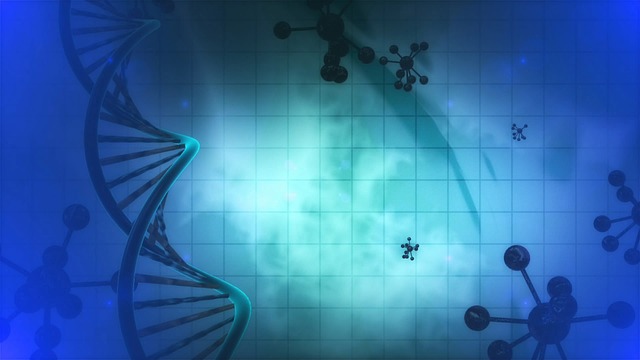Pain Sensitivity Genes Discovered

Pain: have you ever wondered how some people can take so much while others burst into tears over a paper cut? A recent scientific study may have found the answer, leading to some promising new ideas for how to treat pain.
The study, published in Nature Communications, managed its big breakthrough with some unusual test subjects. Twenty-five pairs of identical twins were asked to participate in the study by allowing researchers to test and compare their pain thresholds -- that is, how much pain they can handle.
Identical twins are known to share 100 percent of their genetic makeup, meaning any difference in how their body reacts to something can only be influenced by environmental changes on the body following their birth.
The study participants had a heat probe placed on their arm and were exposed to increasing levels of heat. When a participant first felt pain, they were asked to press a button, stopping the test. Surprisingly, twins proved to have varying pain thresholds even with identical genes. Looking deeper, researchers quickly found that a chemical interaction between genes associated with nine specific genes in one subject could vary significantly in comparison with their twin's own chemical reactions. Why these reactions differed in identical genes was not thoroughly explained, and may simply be dependent on environmental impacts (IE- diet, body trauma, etc).
Still, the very identification of these nine genes involved in pain sensitivity is a huge step forward in understanding how pain works.
With these genes identified, work can begin in researching ways to "switch off" the genes' chemical reactions -- a process called epigenetic regulation.
Chronic pain disorders such as fibromyalgia, which generally are ineffectively treated with current pain treatments may soon have a definitive cure, but of course a study of 25 twins is just a beginning, and further research into these genes will be needed.
The study was published by Nature Communications February 4.
© MD News Daily.
